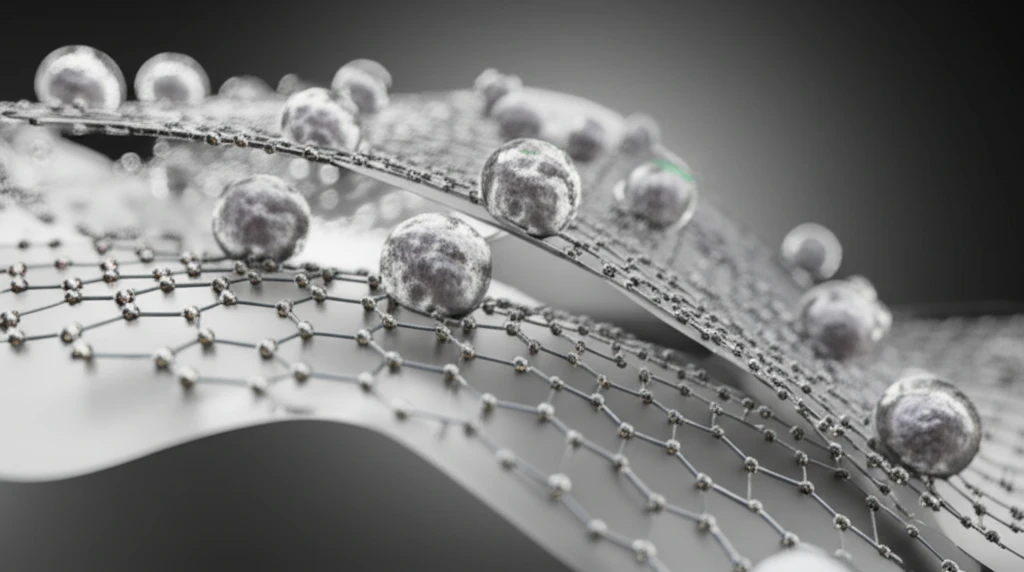
Silver Bullet for Cavities? New Nanoparticle Composite Shows Promise
"Could a reduced graphene oxide-silver nanocomposite (rGO/Ag) be the future of cavity prevention? New research highlights its potential to combat enamel caries."
Dental caries, commonly known as cavities, are a persistent global health concern affecting individuals of all ages. While strides have been made in prevention through fluoride treatments and dietary adjustments, cavities remain a significant challenge.
Traditional approaches to combatting cavities often involve antimicrobial agents designed to disrupt the formation of bacterial biofilms on tooth surfaces. However, the growing concern of antibiotic resistance highlights the need for innovative solutions.
Enter the realm of nanotechnology! Scientists are increasingly exploring metallic nanomaterials, heralded for their broad-spectrum antibacterial capabilities, as a promising avenue for cavity prevention. Among these materials, a reduced graphene oxide-silver nanocomposite (rGO/Ag) is emerging as a potential game-changer.
What is rGO/Ag and How Does it Work?

Graphene, a one-atom-thick sheet of carbon atoms arranged in a honeycomb lattice, possesses remarkable properties that make it ideal for various applications. Graphene oxide (GO), a derivative of graphene, boasts excellent water dispersion and compatibility with biological systems due to its oxygen-containing functional groups.
- Disrupting Biofilm Formation: rGO/Ag interferes with the formation of bacterial biofilms, a key factor in cavity development.
- Reducing Enamel Roughness: The composite helps maintain a smoother enamel surface, making it harder for bacteria to adhere.
- Minimizing Mineral Loss: rGO/Ag reduces the demineralization process, preserving tooth structure.
The Future of Cavity Prevention?
The study's findings suggest that rGO/Ag holds promise as an antibacterial agent for cavity prevention. By reducing enamel surface roughness, disrupting biofilm formation, and minimizing mineral loss, rGO/Ag demonstrates a multi-faceted approach to combatting caries. While further research is needed to fully understand its long-term effects and potential applications, rGO/Ag represents a significant step forward in the quest for more effective cavity prevention strategies.
